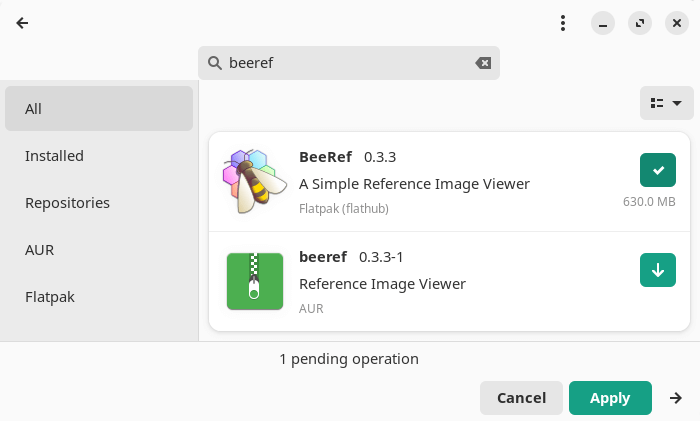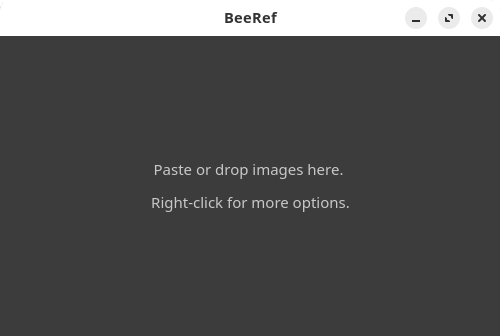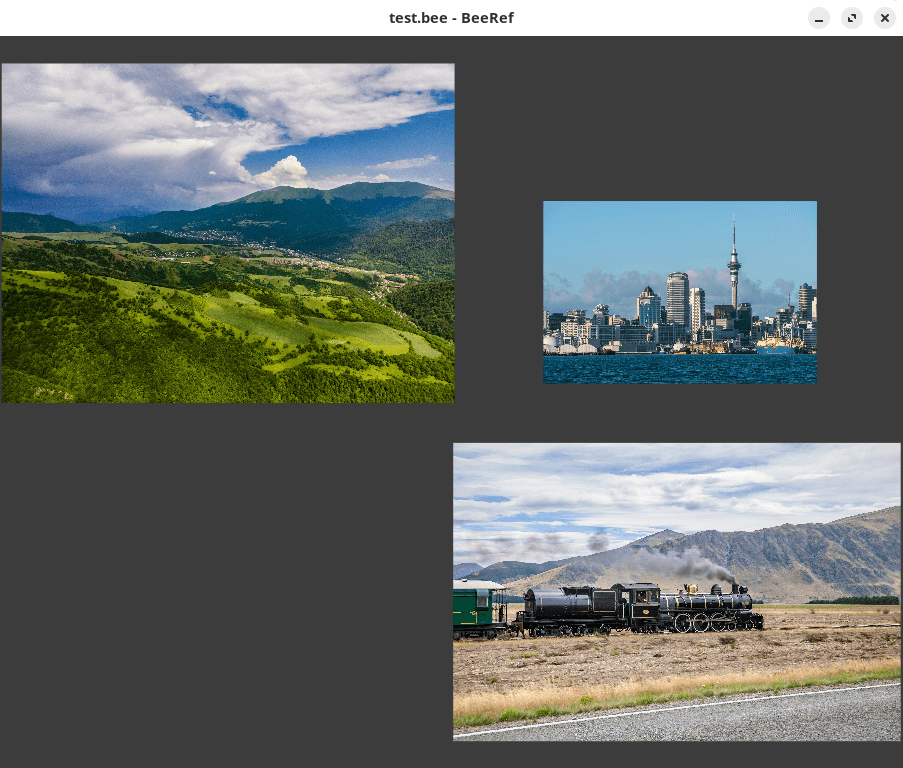One of our favorite adages is “A picture is worth a thousand words”. It refers to the notion that a still image can convey a complex idea. Images can portray a lot of information quickly and more efficiently than text. They capture memories, and never let you forget something you want to remember, and refresh it in your memory.
Images are part of every day internet usage, and are particularly important for social media engagement. A good image viewer is an essential part of any operating system.
BeeRef is not like a traditional image viewer. This application lets you quickly arrange your reference images and view them while you create. This is free and open source software.
Installation
We tested BeeRef using Manjaro, an Arch-based distro, as well as Ubuntu.
With Manjaro, Pamac (Manjaro’s front-end installation tool) lets us install BeeRef from the Arch User Repository (AUR) or from a Flatpak. We chose the Flatpak.

The project also provides an AppImage.
This is cross-platform software. Besides Linux, it runs under macOS and Windows.
In Operation
BeeRef is designed to offer a minimal interface so as not to interfere with your creative juices.
On startup, you’ll see a simple window with no traditional menu (although this can be enabled).
As the window explains, you can get started by pasting or dropping images into the window.

The title bar can be disabled which lets BeeRef float above other graphics software.
There are a variety of tools available. The software lets you move, scale, rotate, crop and flip images. In the image below, we’ve pasted a few images and started to manipulate them.

Images can be mass-arranged vertically or horizontally and mass-scaled. Besides inserting images, text notes can also be added.
Other features include:
- Image smoothing/antialiasing.
- Color sampler which can copy colors from images to the clipboard in hex format.
- Opacity of images can be changed.
- Images can be set to display as grayscale.
- Image transparency and canvas transparency.
- Panning.
- A scene can be reported to a single image (PNG, JPEG, and SVG formats are supported).
- Keyboard shortcuts, mouse and mouse wheel controls are configurable.
Summary
BeeRef is a basic image tool but it’s a pretty neat way to organize your inspiration. Think of it as a free and open source alternative to PureRef. The software is in an early stage of development.
Images are embedded into the bee file as PNG or JPG. The bee file format is a sqlite database inside which the images are stored in an sqlar table.
Website: github.com/rbreu/beeref
Support:
Developer: Rebecca Breu
License: GNU General Public License v3.0
BeeRef is written in Python. Learn Python with our recommended free books and free tutorials.
